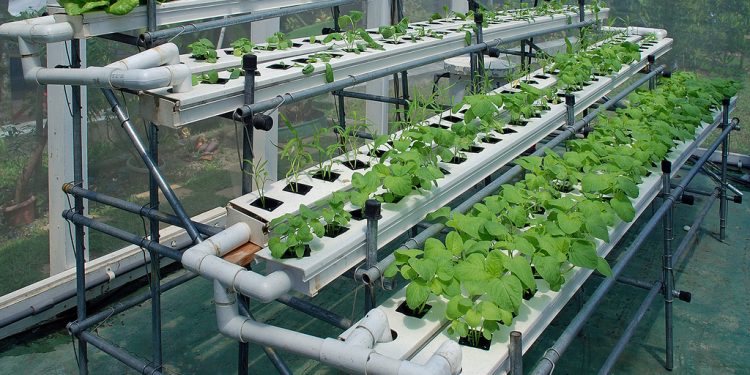Delve into the realm of hydroponic cultivation and unlock the immense potential of phosphorus in driving plant growth and maximizing crop yields. This article explores the latest data and insights on optimizing phosphorus application in hydroponic systems, highlighting its development, consequences, and the significant benefits it brings to farmers, agronomists, agricultural engineers, farm owners, and agricultural scientists.
Phosphorus is an essential nutrient for plant development, playing a critical role in energy transfer, photosynthesis, and the formation of DNA and cell membranes. In hydroponic cultivation, optimizing phosphorus levels is crucial for ensuring robust root development, efficient nutrient uptake, and overall plant health.
According to recent studies conducted by leading agricultural universities, proper phosphorus management is paramount in hydroponic systems. Adequate phosphorus concentrations promote early root establishment, enhance nutrient absorption, and improve the plants’ ability to utilize available resources efficiently. It also plays a pivotal role in flower and fruit development, contributing to higher yields and improved crop quality.
The development of optimized phosphorus application in hydroponics involves meticulous nutrient management. By conducting regular water and nutrient analysis, farmers can determine the phosphorus levels in their hydroponic systems and make necessary adjustments to maintain the desired concentration. Monitoring the pH level, electrical conductivity, and nutrient ratios is crucial for achieving optimal nutrient balance, including phosphorus.
The consequences of optimizing phosphorus application in hydroponic cultivation are significant. Phosphorus deficiency can lead to reduced growth, delayed flowering, and decreased yields. On the other hand, excessive phosphorus levels can result in nutrient imbalances, environmental pollution, and reduced nutrient uptake of other essential elements.
By striking the right balance, farmers and agricultural professionals can reap tremendous benefits. Optimal phosphorus levels in hydroponic systems contribute to improved crop yields, enhanced fruit quality, and increased nutrient content. Additionally, by optimizing phosphorus application, farmers can minimize nutrient wastage, reduce environmental impact, and ensure sustainable production practices.
In conclusion, optimizing phosphorus application is vital for unlocking the full potential of hydroponic cultivation. By understanding the importance of phosphorus and implementing effective nutrient management strategies, farmers, agronomists, agricultural engineers, farm owners, and scientists can harness the power of this essential nutrient and propel their hydroponic crops towards success.
#HydroponicCultivation #PhosphorusOptimization #NutrientManagement #CropYields #PlantHealth #SustainableFarming











